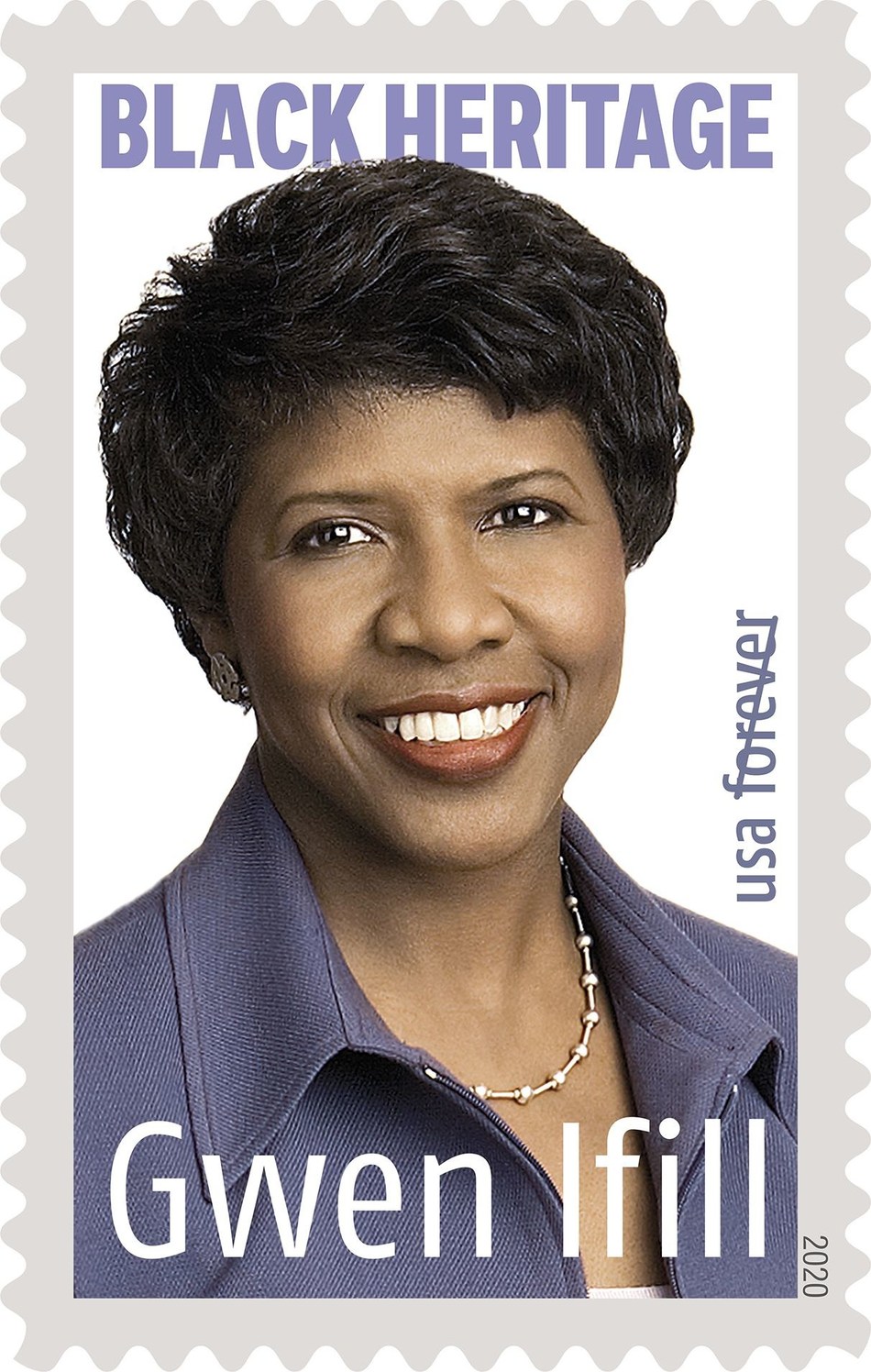![]()
![]()
![]()
![]()
![]()
![]()
 Labor-starved employers should take a short look south to American workers, according to a new study by The Conference Board of Canada. Alberta, which faces the most severe skills shortage in Canada, launched a pilot project that brought nearly 1,000 highly-skilled U.S. workers into the province.
Labor-starved employers should take a short look south to American workers, according to a new study by The Conference Board of Canada. Alberta, which faces the most severe skills shortage in Canada, launched a pilot project that brought nearly 1,000 highly-skilled U.S. workers into the province.
Alberta has been at the forefront of a strategy to recruit U.S. workers, particularly for resource projects, but Saskatchewan and Manitoba are also increasingly facing labour shortages.
The study, published by the Conference Board’s Global Commerce Centre , examines Alberta’s successful strategy to recruit US workers and discusses lessons from it that may apply to other provinces and regions.
HIGHLIGHTS
• There is no simple mechanism to bring in U.S. workers. • Resource projects require different approaches to workforce planning because they involve short, intense bursts of activity in geographically dispersed regions. • The Temporary Foreign Worker Program is a band-aid for skills shortages, but it is not a panacea or a long-term solution.
“With 50,000 unfilled vacancies and more than double that number expected within a decade, the labour and skills shortage has a direct impact on Alberta’s ability to develop its resource and energy sector. That is not just a regional problem, it affects our national economic prospects as well,” said Laura Dawson, author of Skills in Motion: U.S. Workers May Hold the Key to Canada’s Skills Shortage.
Many Alberta employers consider U.S. workers to be ideal to fill Canadian vacancies because they have comparable training and experience. In addition, they understand the language and work culture, can enter Canada without a visa, and live nearby. Nevertheless, there is no simple mechanism for Canada to bring in U.S. workers in skilled trades. For example, the North American Free Trade Agreement does not allow mutual recognition between Canada and U.S. for regulated trades and professions.
The Alberta Occupation-Specific Pilot was launched in 2012, and has already allowed nearly 1,000 highly-skilled U.S. workers to enter the province. Alberta’s Department of Apprenticeship and Industry Training has stepped in to provide its own evaluation of workers’ foreign credentials and experience. The province has launched a recruitment campaign in the United States. Alberta employers are also targeting Canadian and American veterans of the armed forces.
Alberta’s experience with U.S. worker recruitment provides a number of lessons for employers and policy makers elsewhere in Canada.
In brief, employers should, of course, look close to home for skilled labour first, but recognize that domestic sources are rarely enough to meet demand for workers for resource mega-projects. And governments, businesses, and unions need to do more than simply allow temporary workers in— they must also work together to recognize credentials and eliminate unnecessary barriers to worker certification.
The report was published by the Conference Board’s Global Commerce Centre . The Centre provides evidence-based tools to help companies and governments respond successfully to the trends reshaping the global business environment.






